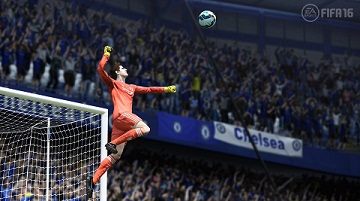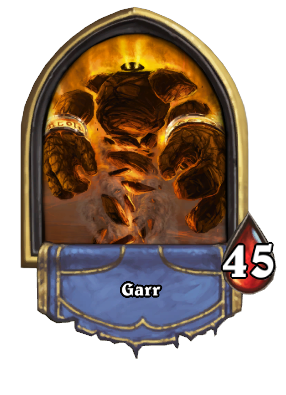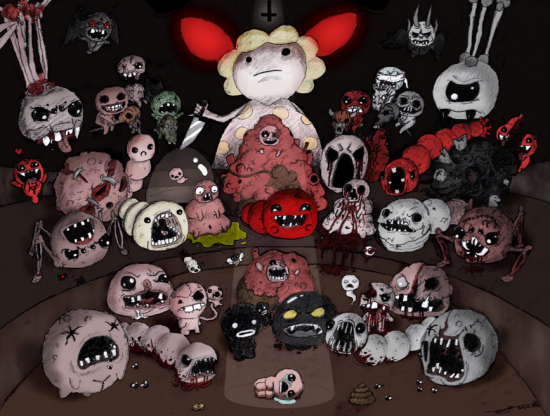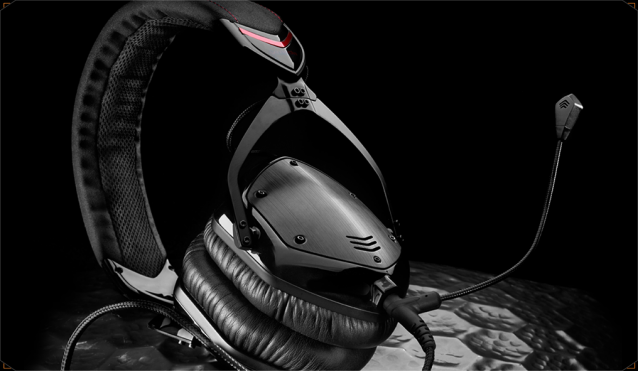

Ever since Greg LeMond and Lance Armstrong started winning races over the past couple of decades, the Tour de France has been viewed in America as the Super Bowl of pro cycling. We may not understand the idiosyncrasies of the sport, but we totally comprehend that someone gets to stand on a podium while hot girls in skimpy outfits clap for him. Then, after a couple of dozen races, an overall winner is crowned. Simple? Sure – in our caveman minds, anyway.
In reality, though, professional cycling has its own language that’s far different than any American racing equivalent. Unfortunately, if you’re not well-schooled in the nuances of the sport, you’re not going to pick any of them up in Tour de France 2009. The game assumes you know all about how teams work together before, during, and after stages in order to achieve success over the course of a complete Tour. Even the online manual, such that it is, doesn’t provide any context to the instructions. We imagine this would be a lot like someone who’s never watched pro football checking out Madden for the first time.
However, if you’re hip to cycling vernacular, Tour can be an engaging experience. To be sure, it’s a simulation through and through, not Paperboy on steroids (no cycling pun intended). Other than time trials, each stage is an exercise in precision team management. Prior to the race, you’ll pick the best riders from your team’s stable based on their strengths (some are better in the mountains, others excel on flat terrain), then micromanage each of them from start to finish. This includes setting levels of exertion, choosing spots to execute attacks, and coordinating team relays.
Time trials, on the other hand, use old-school button-pressing/directional steering mechanics. Each rider has a finite level of energy that needs to be doled out with the utmost precision by finding just the right level of button-mashing. Successful navigation of these stages takes gobs of practice and patience – and since there are only a handful of these in the Tour, they often wind up being where our chance of placing near the top goes to die.
Tour de France 2009 is heavy on the simulation and light on everything else. The AI is impressive enough, even on the default settings, and boasts a nifty array of real teams and riders (although Lance Armstrong is referred to as “Lance Neilstrung” for what we can assume are licensing rights). On the other hand, the visuals are ordinary, and the courses are devoid of any people other than the riders – no fans or media to be seen anywhere. Ultimately, it’s a niche title that won’t bring any new fans to the cycling table - and doesn’t even try to.
Jul 29, 2009




 Binding of Isaac: Rebirth Guide - How to Find the Secrets
Binding of Isaac: Rebirth Guide - How to Find the Secrets Computer Monitors For Gaming: How Do You Choose The Right One?
Computer Monitors For Gaming: How Do You Choose The Right One? Bloodborne: The Old Hunters – Here's how to get the Milkweed Rune
Bloodborne: The Old Hunters – Here's how to get the Milkweed Rune The Sims 4 Guide: How to Make Your Sim Younger
The Sims 4 Guide: How to Make Your Sim Younger Review: V-Moda Crossfade M-100 Headphones
Review: V-Moda Crossfade M-100 Headphones